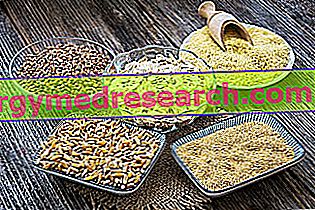All plants - and the preparations that include them - are defined as digestive, capable of supporting the chemical and physical transformations undergone by foods in the various tracts of the digestive system. Popular medicine is rich in useful remedies in the presence of poor digestion, but since dyspepsia can have different origins, it is necessary to classify the various sources according to strict scientific criteria.

Alongside bitter drugs, plants with cholagogue / choleretic properties are also used as digesters. The distinction with the previous category is not clear, as many drugs belong to both categories; however, generally one action prevails over the other. The terms colagogue and choleretic refer, respectively, to the ability to stimulate the bile flow towards the intestine and the secretion of bile by the liver cells; many drugs share both features; among these we remember the curcuma, the chelisonia, the artichoke, the thistle, the boldo, the absinthe and the dandelion.
A last category of natural remedies used in the presence of digestive disorders is that of carminatives, capable of limiting the formation and especially the stagnation of gas at the gastro-intestinal level, favoring their expulsion from the stomach and from the intestine. These include cumin, anise and fennel.
As anticipated, many "digestive" drugs carry out an action on all three fronts, with a prevalence of one characteristic over the others; antimicrobial activities are also common. The chili pepper deserves a special mention, which does not fall into the three categories mentioned but is widely used in the presence of dyspepsia, thanks to its ability to stimulate gastric secretion and induce secondary analgesia. Finally, the pineapple stem and the Papaya also deserve a mention, used as digestive supplements for their marked proteolytic action (they favor the digestion of proteins and are therefore used in gastric and duodenal insufficiencies).



